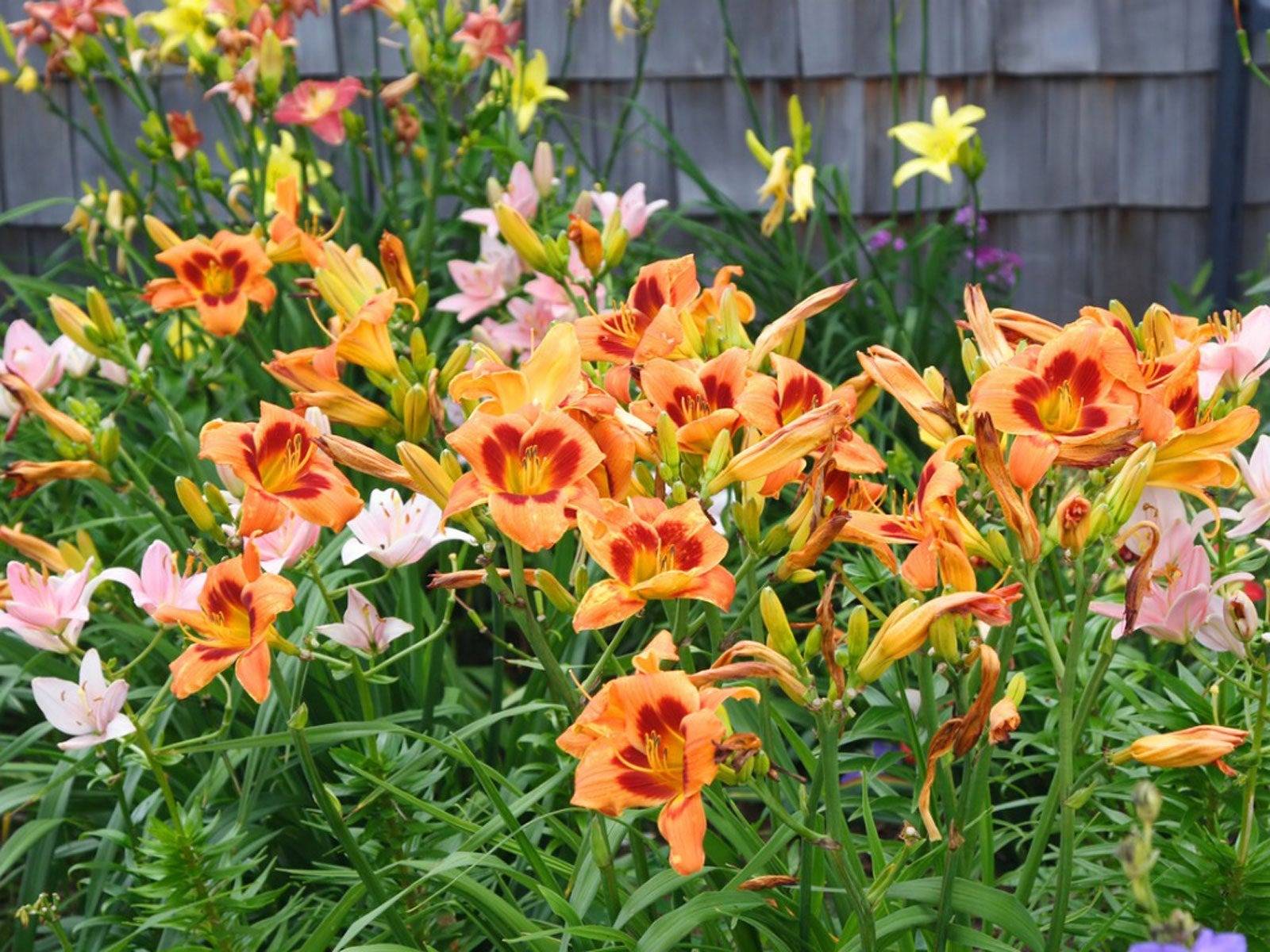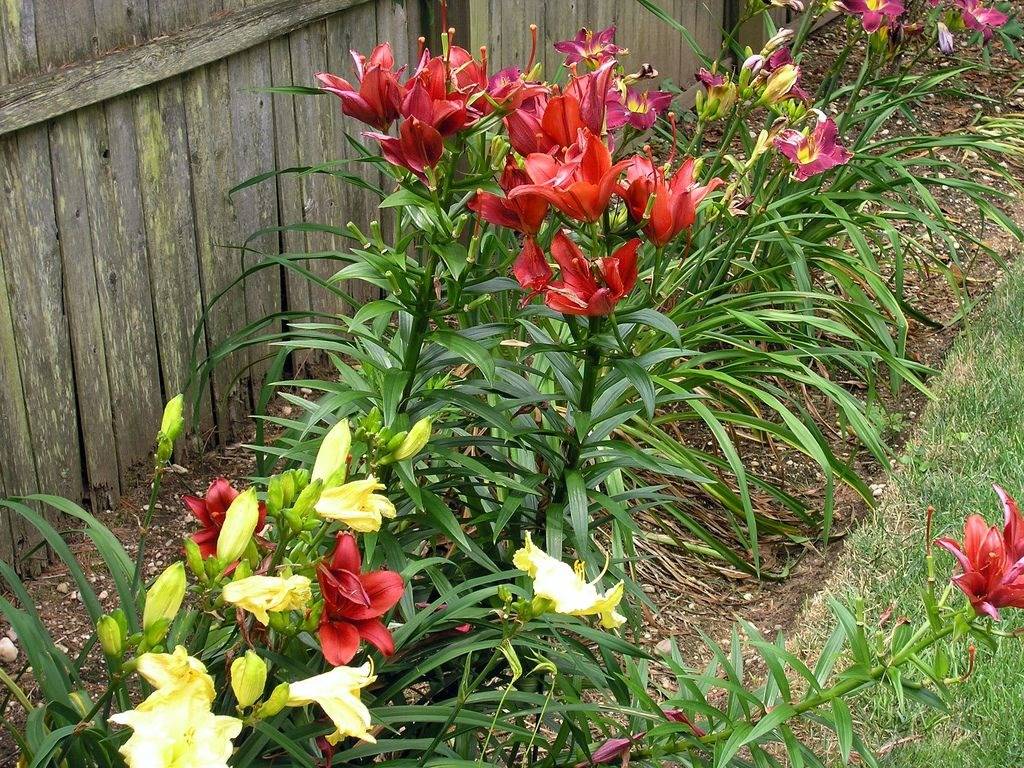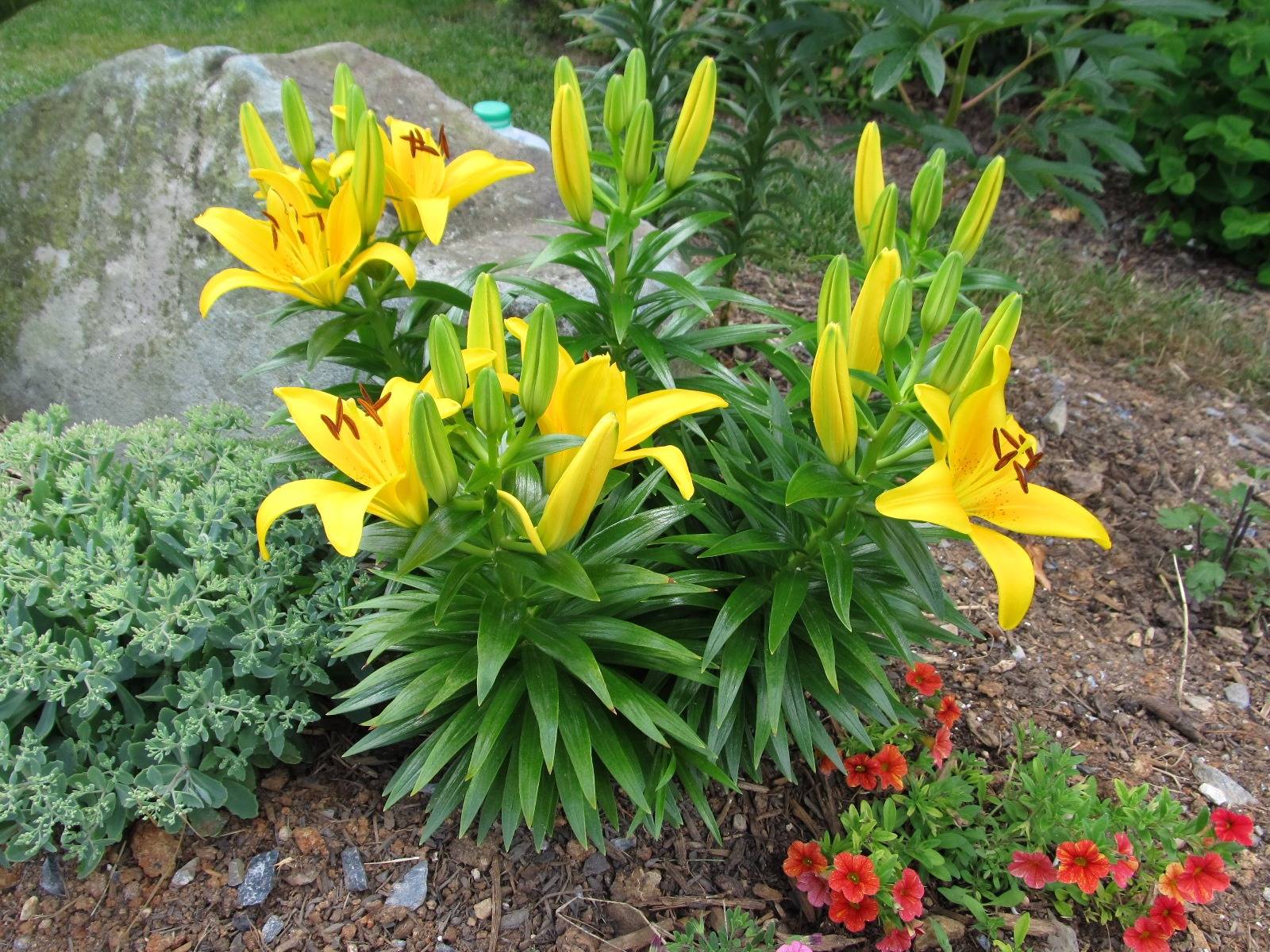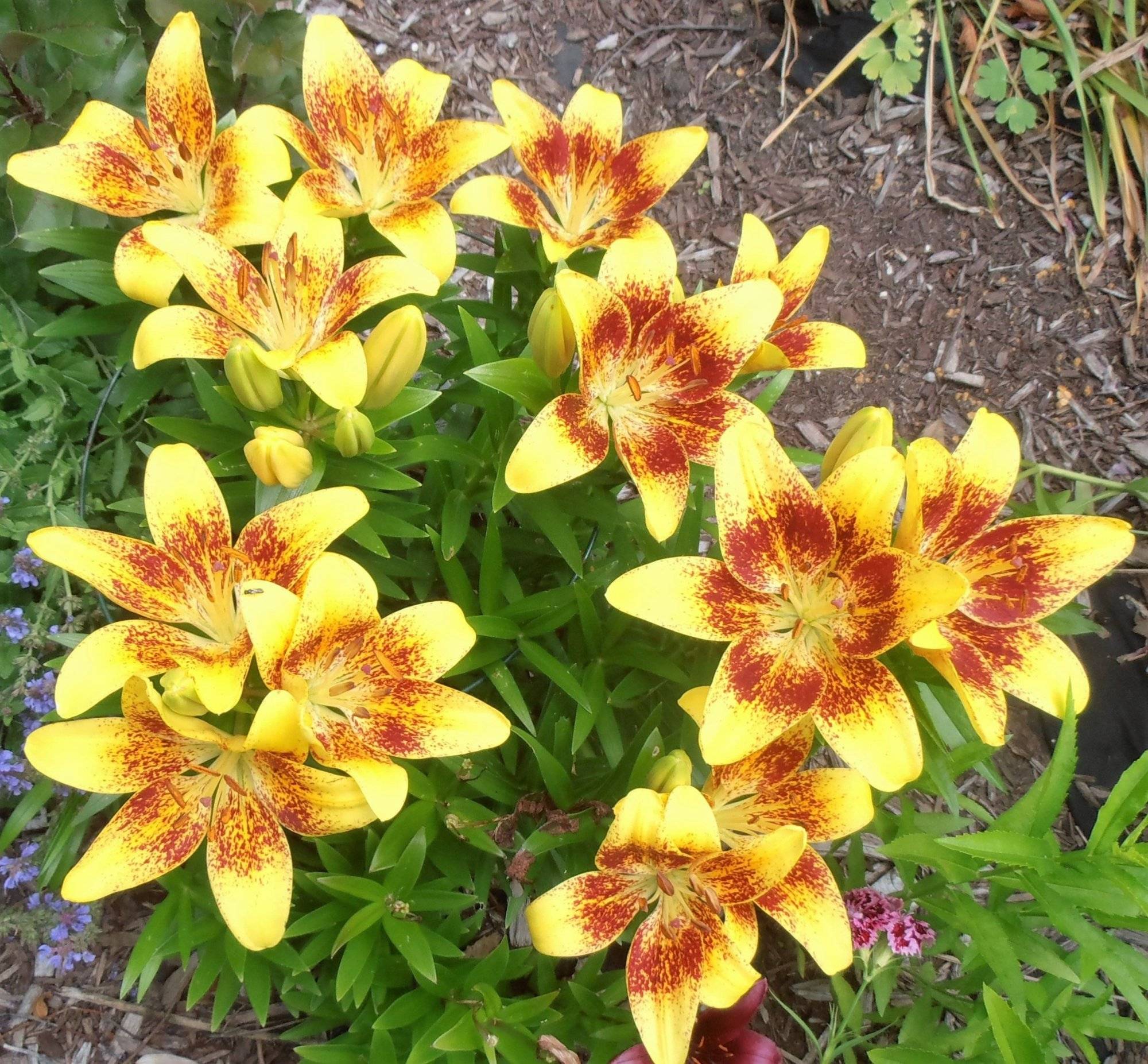Lily, a flowering shrub, is renowned globally for its delightful fragrance. It enhances the allure of gardens with its elegant blossoms and vibrant hues. It has a long history of cultivation and symbolism, and they come in a variety of colors, shapes, and sizes. But did you know that you can grow lilies from seeds? It may take longer than growing from bulbs, but it can be a rewarding and fun experience.
Growing lilies from seeds allows you to create new and unique varieties, as they may not always resemble their parent plants. In this article, we will show you how to grow these stunning flowers from seeds, step by step.
Choosing The Type Of Lily
Growing lilies from seeds can be a rewarding but patient endeavor, as they take time to mature and bloom. First, select the type of lily you want to grow. Common garden lilies, including Asiatic, Oriental, and Trumpet lilies, are popular choices. Consider factors like color, size, and fragrance when making your selection.

When And Where To Plant Lily Seeds
Ideally, lily seeds should be planted in the fall, typically between late September and early November. This timing allows the seeds to experience a period of cold stratification, which is essential for breaking dormancy and encouraging germination.
Choose a location in your garden that receives partial to full sunlight and has well-draining soil. Lilies prefer slightly acidic to neutral soil. Prepare the planting area by loosening the soil to a depth of about 12 inches and adding organic matter, such as compost, to improve soil structure and fertility.

Planting Lily Seeds
1. Seed Collection: If you’re collecting seeds from existing lilies, wait until the seedpods have matured and turned brown. Collect the seeds by gently breaking open the pods.
2. Scarification: Some lily seeds have tough seed coats that benefit from scarification, which involves lightly nicking or scratching the seed coat. You can use a small file or sandpaper to make it easier.
3. Planting Depth: Plant the prepared seeds about 1/4 to 1/2 inch deep in the soil. Space them at least 4 inches apart to allow room for growth.

4. Mulch: Cover the planting area with a layer of mulch, such as straw or leaves, to protect the seeds from extreme temperatures.
5. Watering: Keep the soil consistently moist but not waterlogged. Water gently to avoid disturbing the seeds.

Caring For Lily Seedlings
Once the seedlings emerge, thin them to ensure proper spacing, leaving the strongest and healthiest ones.
Fertilization plays a significant role in supporting lily bloom. Apply a balanced, slow-release fertilizer in the spring as the seedlings start to grow. Follow the package instructions for application rates.

Plus, keep the area around the lily seedlings free of weeds, which can compete for nutrients and water. Protect the young lilies from pests like slugs and snails, as they can be vulnerable at this stage.
In colder climates, protect your lily by mulching the lily seedlings with several inches of straw or leaves to insulate them from freezing temperatures.
As the lilies grow and develop bulbs, you can transplant them to their permanent locations in your garden.

Growing lilies from seeds is a patient gardener’s pursuit, as it can take a few years for them to reach maturity and produce their first blooms. However, the reward of watching them grow from tiny seeds to stunning flowers is truly satisfying.











